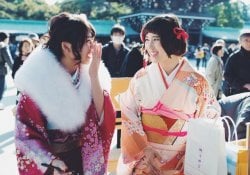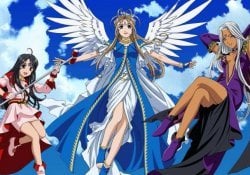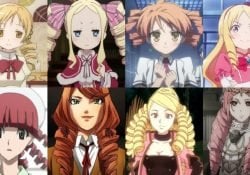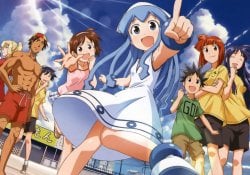When we are starting the journey in Japanese studies it is common to recommend starting with Hiragana and then leaving for Katakana. These are two of the three "alphabets" used in the Japanese language and each have 46 letters (not to mention the junctions and signals, known as "Dakuten" and "Handakuten").
We can summarize everything as follows: there are two syllabaries and an ideographic alphabet. The syllabaries are known as a set of sounds (Hiragana and Katakana), while the ideograms (Kanji) are symbols that represent deep ideas and, in general, have a large number of pronunciations.
However, what we are often not taught is that, in the past, the list of characters was longer and some letters that were widely used fell into disuse.
Although not in modern texts, these characters can appear in ancient books, historical records, manga located in archaic times, classical literature, poetry or as a way to embellish and bring a more traditional aura to the written text.
In this article, we will see which are the Hiragana and Katakana in disuse.

We recommend that you also read:
Hiragana and Old Katakana - What are they?
The old characters are called Kobun (旧仮名、きゅうかな). Kana (仮名、かな) means "Silabário" and Kyu (旧、きゅう) is a kanji that conveys the idea of "old", "old", "archaic", etc.
In summary, we can say that these special characters are graphic forms that appeared to compose the ancient Japanese system of phonetic reading and writing, but that are no longer used in modern times.
Despite being rare today, these letters are still considered important to scholars of Japanese language and history.
Interestingly, it is possible to find some characters through the jisho.org. The online dictionary classifies the Kyu Kana as "obsolete" (obsolete) and as "historical kana" (historical kana). Another curiosity is that it is possible to type the ゐ through the Japanese QWER keyboard. Just key "wi" that the ゐ option will appear.
Below, we will explain in more detail some of the most well-known archaic letters:
- ゐ - WI (Ancient Hiragana). Evolved into "i" in modern pronunciation and transcription in Romaji. It is similar to み (mi) and ね (ne) of the current Hiragana.
- ヰ - WI or Yi (Ancient Katakana). Evolved into "i".
- ゑ - We or Ye (Ancient Hiragana). Evolved into "and". Very similar to the modern Hiragana (UK).
- ヱ - WE (Ancient Katakana). Evolved into "and".
- 𛀁 - YE (Ancient Hiragana) - Extremely rare character. So much so that if you put it in the jisho there will be no definition for him!
- 𛀀 - Ye (Ancient Katakana) - evolved into "and". It is also extremely rare and its form resembles the contemporary Katakana (U).
It is worth mentioning that there are not only 5 characters that exist, but we will only address them, considering that the others are even difficult to find in their “digitized” form.
I need to know?
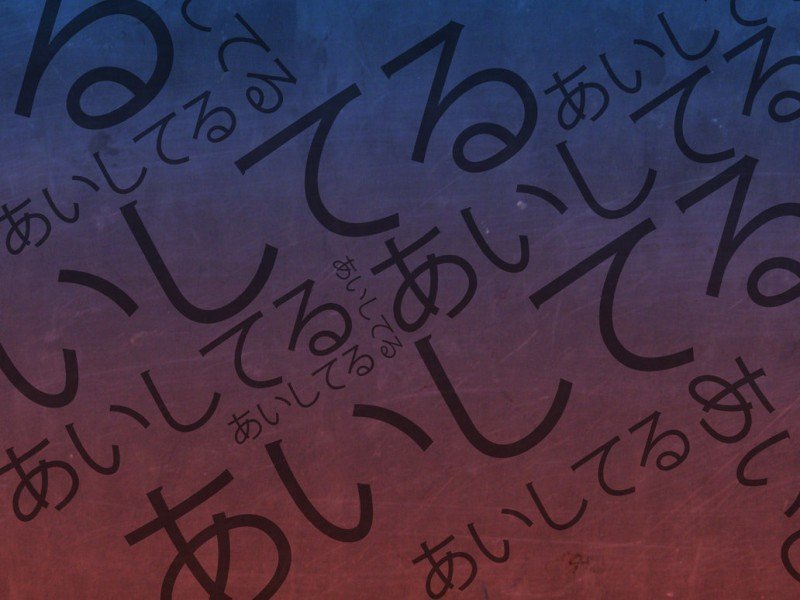
The question that doesn't want to shut up is: do I need to know this? Unless you are curious or an academic student of Japanese history and language, the answer is a resounding “No”.
It is not necessary to know these letters to learn to read Japanese. As stated earlier, these archaic characters are rarely found these days.
Over time it is possible that the ヲ (を、o) of Katakana will also become extinct. Since there is the corresponding sound オ (o) within Katakana itself and in very rare words this symbol is usually used.
We recommend that you also read:
Facts about Ancient Japanese
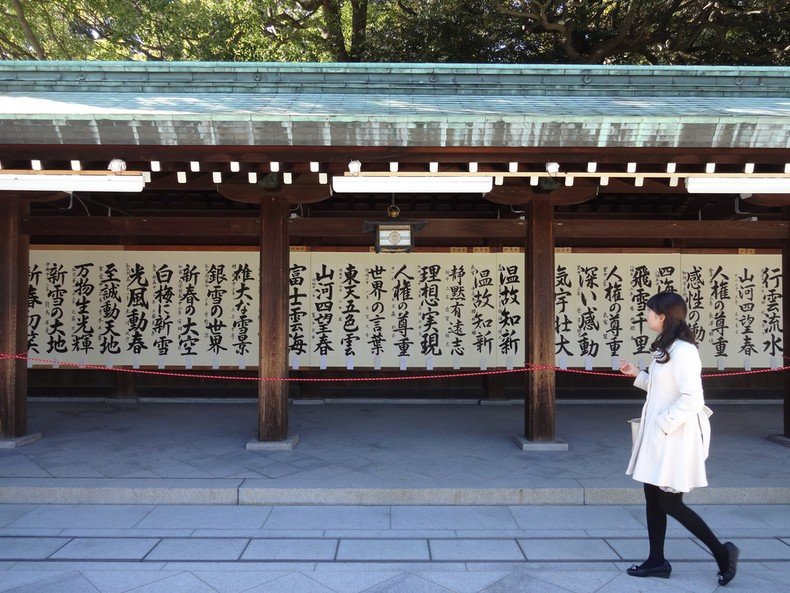
The Japanese language is full of peculiarities. One is the fact that the language has been changing over the years, varying in its grammatical structures, pronunciation, writing and even handwriting.
The term Kobun 古文 (こぶん) refers to ancient forms of writing and classical literature, especially from the time of the Edo period (1603 - 1868) onwards, and is formed by the Kanji of Old (古) and the ideogram of literature, writing or writing (文). There is also the term 文語 (ぶんご, bungo) which means "literary language" or "written language". This word is part of another even greater: 文語体 (ぶんごたい 、 bungotai) which means "literary style" or "writing style".
In this portal article Tofugu you can check more details about classical Japanese: Kobun (Classical Japanese) - Old Kana (in English).
There are numerous characteristics of archaic Japanese that we will not be able to discuss in depth in a single article. If you want to dig deeper by searching on your own, we suggest you search for #words #arch or words #obs on Jisho.org. When searching in these two ways, you will fall into a list of archaic and obsolete words and expressions.
We recommend that you also read:
What's up? Did you like the article? Share with your friends and colleagues who study Japanese!


